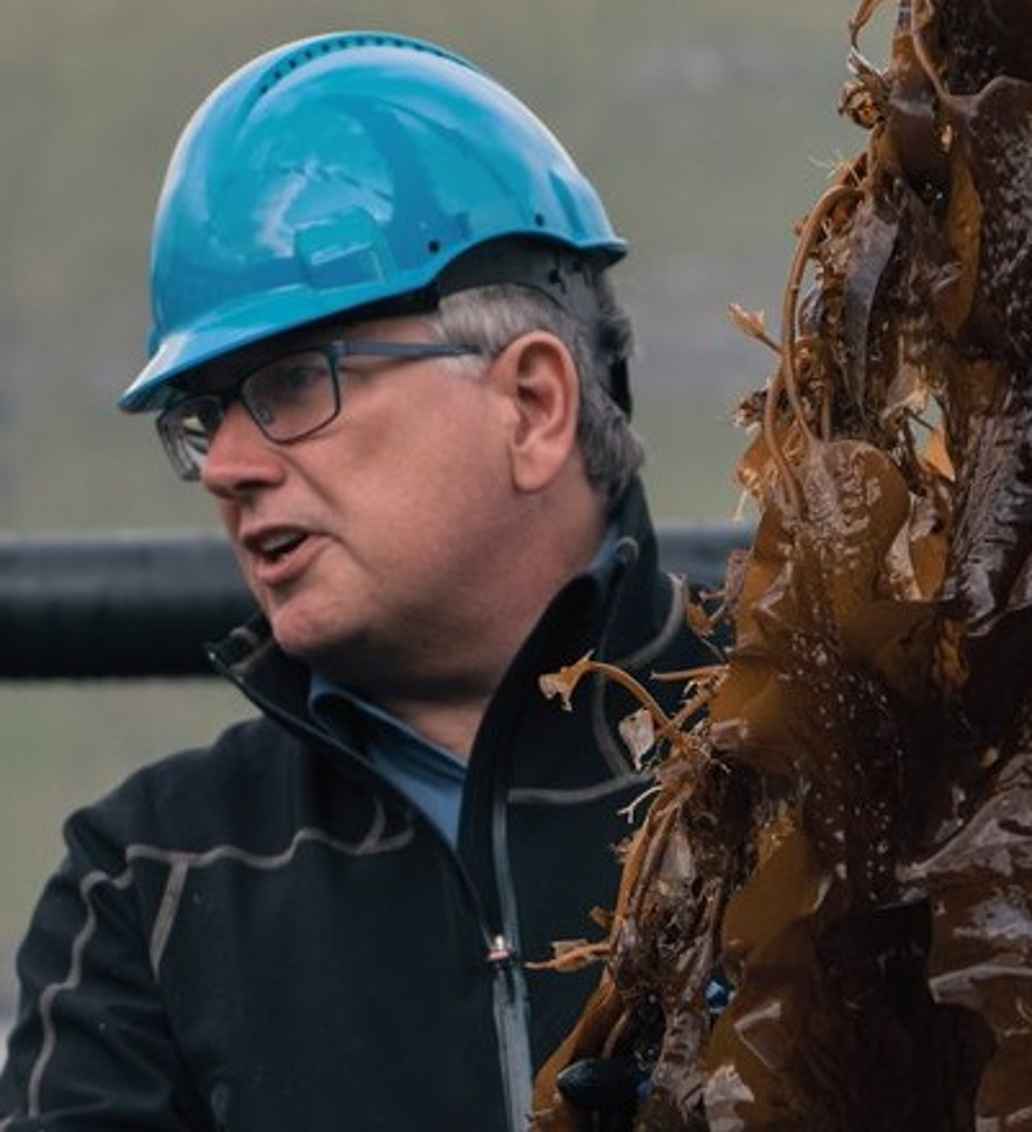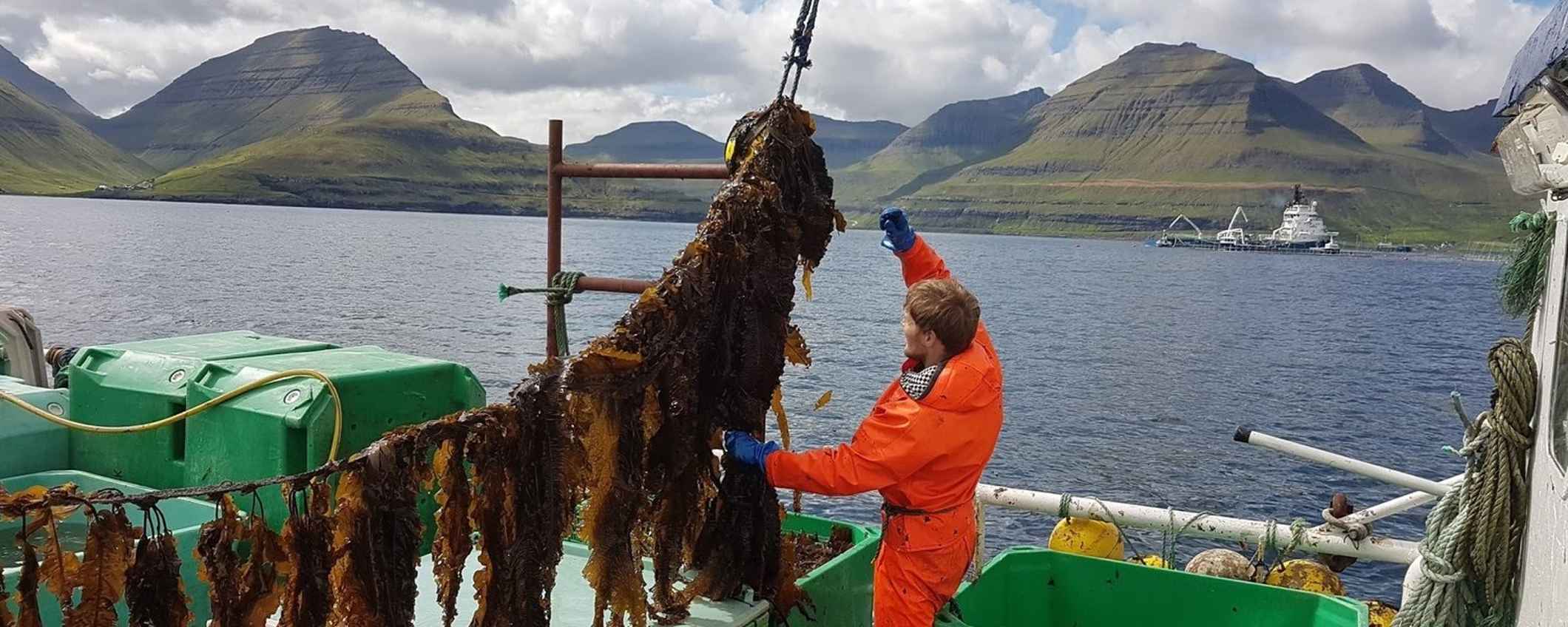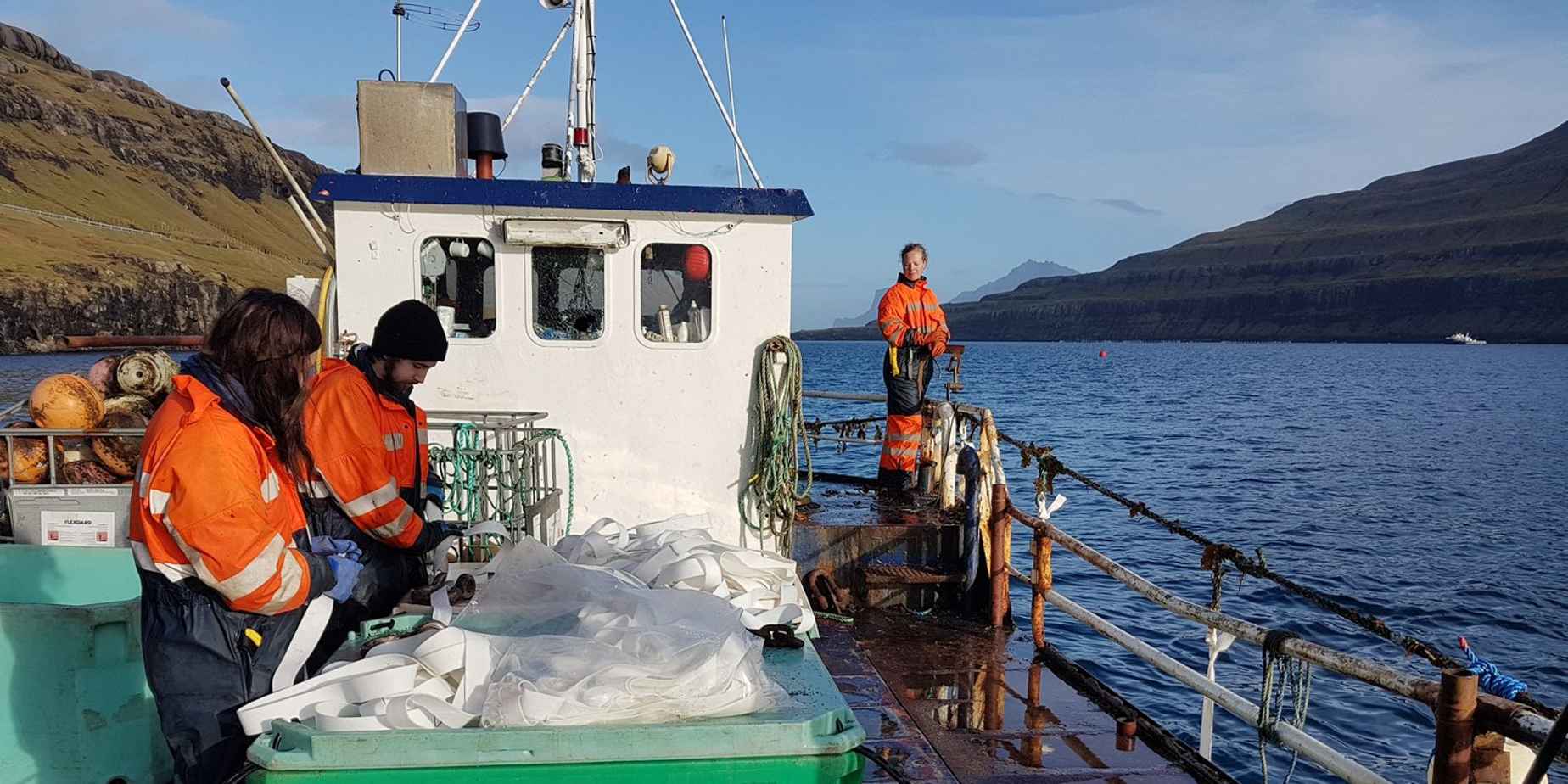When a young entrepreneur approached Ólavur Gregersen, then a consultant, in 2007 with the desire to cultivate seaweed, much was still unknown. However, it was clear that seaweed absorbs CO₂, nitrogen and phosphorus from the oceans and helps to reduce these substances in the water, which is beneficial for the environment. Gregersen: “I knew little about seaweed, but I immediately thought it was a good idea. I have lived most of my life in the Faroe Islands, where we have little land but are surrounded by water and have to use the ocean wisely. This idea fitted in perfectly.” Gregersen became involved in the project and decided in 2012 to devote himself full-time to Ocean Rainforest as CEO.
The company has grown enormously since then. In addition to the Faroe Islands, it is now also active off the coasts of California and Mexico. Since 2020, Ocean Rainforest has attracted several foreign investors, including the World Wildlife Fund and Triodos Food Transition Europe Fund.
Seaweed is a versatile product. What can you do with it?
"First of all, seaweed can be used as food for humans, but also as an ingredient in animal feed. It is also a popular ingredient in cosmetics and pharmaceuticals thanks to its many useful components, such as salts, minerals and vitamins. In addition, seaweed can be used to make agriculture more sustainable because it can (partly) replace chemical pesticides. It can even serve as a sustainable energy source by distilling the ethanol from it."
That's quite a few applications. What does Ocean Rainforest focus on?
"In the beginning, it was mainly about energy. We developed a method for distilling ethanol from the sugars naturally found in seaweed. Ethanol is a liquid fuel that is more sustainable than fossil fuels and can partially replace them. Unfortunately, this plan proved unsustainable in the long term because the oil and gas industry is heavily subsidised. We couldn't compete with that. The costs were too high and the scalability was still too limited. That is why we started to focus more on food in 2012. But after a few years, it became clear that seaweed is not popular enough for consumption in the European and American food sectors. This is not the case in Asia, but the seaweed market there is already fairly saturated. That is why we chose yet another new route.”

What was that new route?
"Seaweed is packed with substances that are good for digestion and the immune system. We capitalised on this by fermenting seaweed and using the yeast bacteria in food supplements. We also discovered that seaweed can be used as a bio-stimulant. These are synthetic or, in the case of seaweed, natural substances that improve the growth, health and resistance of crops. This brought the agricultural sector into focus as a new market for us to target. Seaweed is a clean and safe alternative to synthetic pesticides and fertilisers, which can, among other things, release harmful PFAS into the groundwater and cause health problems. By using seaweed as a bio-stimulant, we hope to contribute to healthier soil, healthier people and healthier animals."
Doesn’t harvesting, transporting and using seaweed cancel out its positive effects on the environment?
"That depends greatly on how you process and use seaweed. Ocean Rainforest currently uses harvested seaweed mainly to replace synthetic fertilisers and pesticides. This has advantages in many areas. Synthetic fertilisers, for example, seep into the soil, causing PFAS to end up in our drinking water. This can lead to all kinds of health problems, such as reduced fertility and an increased risk of certain types of cancer. We have conducted a life cycle assessment for the use of seaweed in food, in collaboration with a Swedish university. This is a method for mapping the impact of a product. It showed that seaweed has the smallest carbon footprint of all foods.
Are there any disadvantages to seaweed cultivation?
"As far as we can see, there are hardly any disadvantages. It is important to choose the locations where you cultivate seaweed carefully. You need conditions where the right nutrients occur naturally, so you don't have to add anything yourself. These are mainly places where currents from deeper ocean waters enter our continental shelf. The Faroe Islands are a good example of such a place.
In addition, you must not overuse the natural nutrients in the ocean. But that only becomes an issue if you were to use five per cent of the ocean's surface for seaweed cultivation. That is an immense area, which we are very far from reaching. Currently, only 0.025 per cent of the ocean's surface is used for seaweed cultivation. The only criticism you could make is that you cannot undertake any other activities in areas where seaweed is cultivated."
What are your plans for the future?
"Within five years, we want to become one of the largest producers of natural pesticides made from cultivated seaweed. Many bio-stimulants are still made from wild harvested seaweed, but we offer a more sustainable alternative with cultivated seaweed.
We also hope that seaweed will become more common in the Western world - as a food, as a bio-stimulant and as an ally in the fight against climate change. The potential is enormous; we are only at the beginning."





